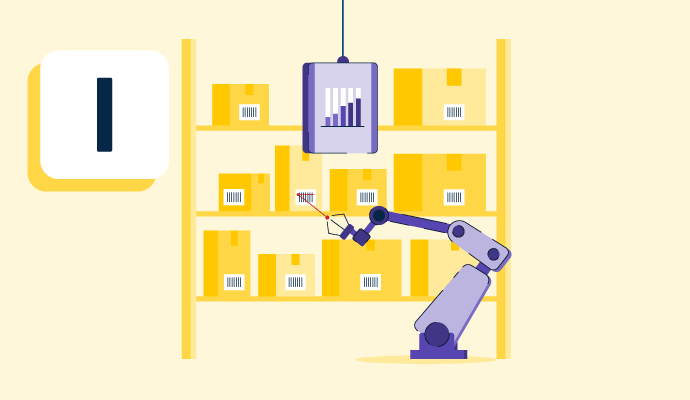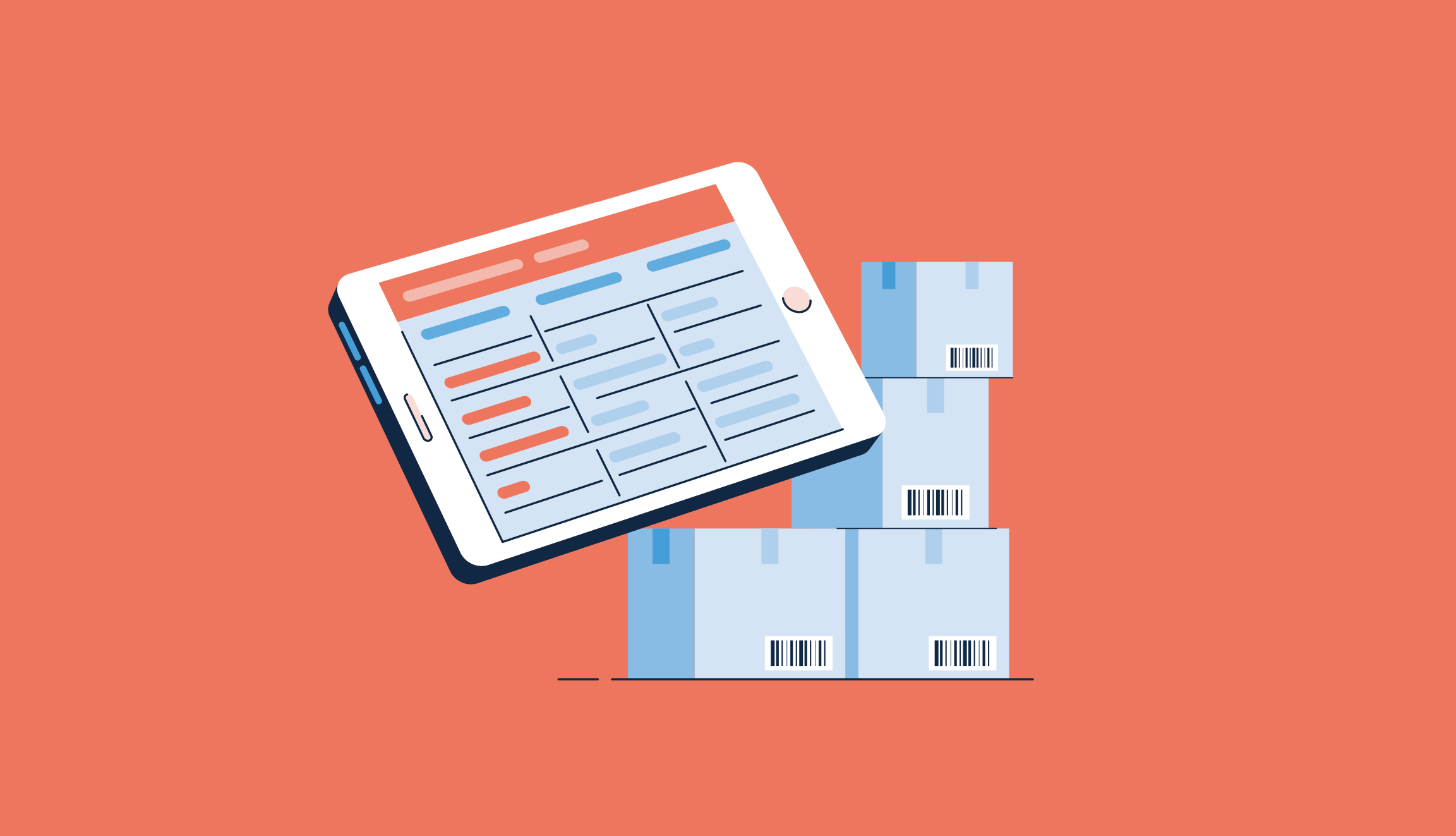What is inventory management?
Inventory management is the process of organizing a company’s inventory. The practice determines what to order, how much, and at what time by tracking stock status, purchases, and product sales.
Inventory management ensures there’s always enough stock to fulfill customers' needs and avoid shortage or excess.
Inventory management software automates the inventory management process to a great extent. Companies use this kind of software to track stock status, deliveries, and purchase orders through a virtual interface.
Inventory management process
Following are the key steps involved in the inventory management process.
- Collecting data, including details about raw materials, project supplies, finished goods, and past management systems identifies strengths and weaknesses with regard to inventory.
- The building identification method is used to determine an efficient method of organizing supplies. The inventory can be grouped by function, portfolio, alphabetically, or any categorization that simplifies the inflow and outflow of products.
- Choosing a system that aligns with the inventory and business needs is crucial.
- Utilizing software that provides an interface to accurately track and store inventory information can optimize the inventory management process.
Benefits of inventory management
Companies rely on effective inventory management techniques to avoid stock errors so operations run smoothly. Among the other benefits are:
- Optimized inventory. Inventory management gives businesses the tools to know exactly how much inventory is available, which helps with demand planning. The company can then determine how much it can sell and optimize inventory turnover.
- Better accuracy. Continuous monitoring and refining result in more precise inventory counts and demand forecasting.
- Lower costs. With minimal manual work and the use of technology, errors can be reduced, and therefore, costs also decrease.
- Greater customer loyalty. Customers get disappointed when their favorite products aren’t in stock. Inventory management precisely measures a company’s stock and makes sure their clients can always get what they’re looking for. An optimized inventory helps retain customers and boosts loyalty.
- Fewer risks. With effective inventory management, businesses mitigate the chances of a product shortage or surplus. They can buy and sell at the right pace to meet supply and demand and avoid any inefficiencies.
- Time saved: Implementing a sound inventory management system helps the company save a lot of manual effort and time, which can be used in other processes.
Types of inventory management systems
These four types of inventory management systems use various methods to make any company’s inventory system better.
- Perpetual system. The perpetual system supports continuous inventory management as data is constantly sent to the system in real-time. Large businesses or companies generally prefer this method. Point-of-sale (POS) systems, which free up human effort, are used to calculate the inventory.
- Periodic system. The periodic system is used when inventory data is only required at specific intervals. The intervals are generally based on the accounting cycle or size of the business. Because it requires employees to enter data manually, it’s more suitable for small companies with lower inventory numbers.
-
Barcode system. This system is a low-risk inventory management method of updating inventory virtually using barcodes. The system updates whenever barcodes are scanned.
It also has the advantage of being highly customizable, especially in the case of diverse product portfolios and inventory stock levels. Companies can also use barcode software to manage a high volume of unique barcodes.
- RFID system. The radiofrequency identification (RFID) system uses tags that produce radio signals carrying product information. Similar to barcodes, RFID tags keep a virtual count of inventory items. However, RFID system tags are considered more efficient because they don’t need to be scanned.
Inventory management best practices
The following practices increase efficiency and make the best of the benefits an inventory management process can provide.
- Identification of key performance indicators (KPIs): Inventory goals and objectives help to determine priority among different inventories. They also clarify how to measure the success of an inventory management system.
- Organizing items: Making the right decision about the relative importance of inventory products results in more effective management. Businesses can group their inventory by product type, maximum profit-generating products, supply, and demand, or customer feedback.
- Demand Forecasting: Businesses turn to past purchase patterns and demand projections to help determine the reorder point, adjust inventory products, and revise pricing.
- Replenishment: In-time replenishment ensures that companies are ahead in fulfilling on-demand purchase orders and accumulating the right quantity. Companies can apply the just-in-time (JIT) inventory management method to order stock on an as-needed basis or a predetermined schedule based on historical inventory data.
- Quality control checks: Routine quality analyses put the inventory on the right track to deliver the best products and ensure sub-quality products don’t reach the customers.
- Economic order quantity (EOQ) Model: EOQ gives the exact quantity a company should order to avoid shortage or surplus of products. EOQ = √ (2DS/H) where D is demand, S is setup costs, and H is holding costs.
Inventory management vs. inventory control
Inventory management focuses on planning according to the company’s requirements and keeps stock available when needed.
Inventory control regulates the number of units in stock and ensures that the current supply meets the company’s needs and quality standards.
Using inventory management techniques helps companies monitor their supplies and lessens the risk of human error.

Vibhooti Kayastha
Vibhooti Kayastha is a Content Marketing Manager at G2. When she is not working on content, she's busy reading non-fiction, sketching, exploring cafes, or planning her next travel. Always up for a good coffee and interesting conversations.





















